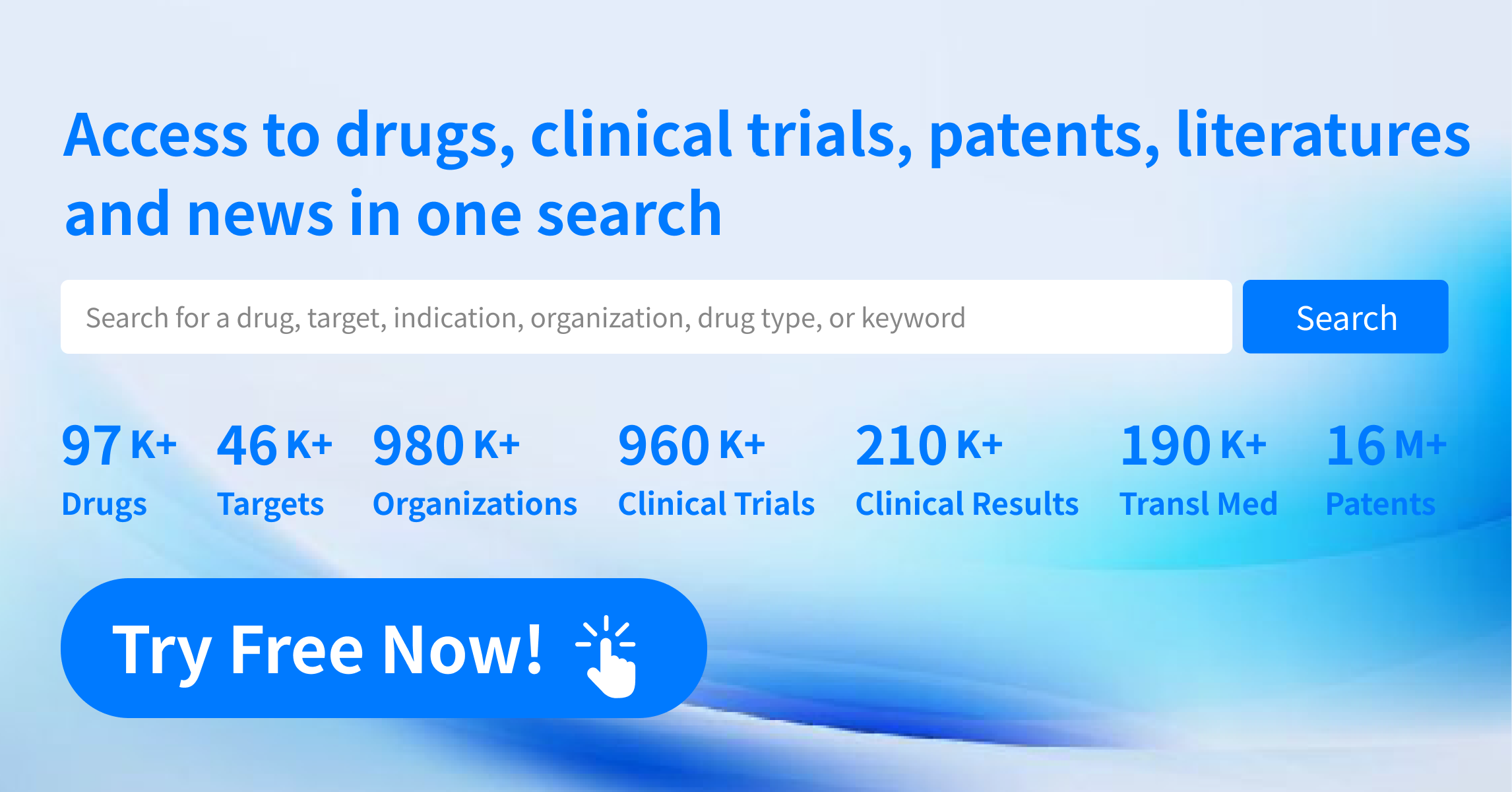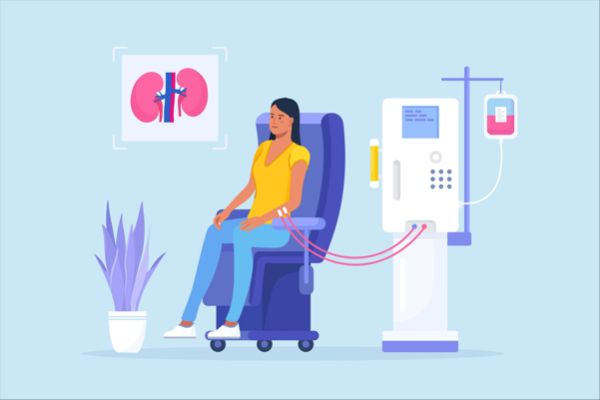Targeting the Source of IgA Nephropathy: World’s First APRIL Antibody Shows Positive Phase III Results
On October 22, 2024, Otsuka Pharmaceutical announced positive top-line interim data from the phase III clinical trial of sibeprenlimab for treating adults with Immunoglobulin A nephropathy (IgA nephropathy).
This multi-center, randomized, double-blind, placebo-controlled trial is the largest of its kind, involving approximately 530 adult patients with IgA nephropathy. The study aims to evaluate the efficacy and safety of a 400 mg subcutaneous injection of sibeprenlimab every four weeks compared to a placebo. After nine months of treatment, patients receiving sibeprenlimab showed a statistically and clinically significant reduction in the 24-hour urine protein/creatinine ratio (UPCR). The safety profile of the drug was consistent with previously reported data. The company plans to review the interim results with the FDA to potentially expedite regulatory approval. The study is ongoing, with final results expected to be released in early 2026.
About Sibeprenlimab
Sibeprenlimab (VIS649) is an anti-proliferation-inducing ligand (APRIL) antibody that works by binding and neutralizing APRIL, thereby reducing the levels of IgA and pathogenic galactose-deficient IgA1 (Gd-IgA1). By decreasing Gd-IgA1 production, sibeprenlimab may help slow renal damage and progression to end-stage kidney disease (ESKD).
Initially developed by Visterra, Otsuka Pharmaceutical acquired Visterra in 2018 for approximately $430 million, obtaining sibeprenlimab along with several other investigational products for IgA nephropathy and other kidney-related conditions. The complete results of the drug’s phase II clinical trial were published in the New England Journal of Medicine (NEJM) and presented at the 2023 American Society of Nephrology (ASN) conference. The findings demonstrated:
·a significant reduction in proteinuria in IgA nephropathy patients treated with sibeprenlimab for 12 months compared to placebo.
·At month 12, the geometric mean ratio reduction in 24-hour UPCR from baseline was 47.2%, 58.8%, 62.0%, and 20.0% in the sibeprenlimab groups receiving 2, 4, and 8 mg/kg doses, and the placebo group, respectively.
·The annualized change in estimated glomerular filtration rate (eGFR) for the sibeprenlimab groups and the placebo group was -2.7, +0.2, -1.5, and -7.4 ml/min/1.73m², respectively, indicating stabilization of eGFR with sibeprenlimab use.
·The incidence of treatment-emergent adverse events (TEAEs) was similar to the placebo, with no adverse toxicity or clinically significant evidence of immunosuppression observed through month 16 follow-up.
About APRIL Drugs
APRIL is a cytokine in the tumor necrosis factor (TNF) family that promotes B cell survival and class switching, leading to the production of IgA, particularly Gd-IgA1. This IgA1 forms immune complexes in the kidneys.
In patients with IgA nephropathy (IgAN), APRIL stimulates lymphocytes to produce more pathogenic IgA. If this process can be blocked, theoretically, it could prevent IgA nephropathy at its source. According to incomplete statistics, there are currently about a dozen drugs in development targeting APRIL, but none have been approved for market release.
About IgA Nephropathy
Immunoglobulin A nephropathy (IgAN) is a type of glomerulonephritis caused by immune complexes, commonly presenting with hematuria, proteinuria, and progressive renal failure. Although IgAN is considered a rare disease, it is the most common cause of primary kidney disease worldwide. It is associated with renal inflammation, hematuria, and proteinuria. Patients may eventually progress to renal failure or end-stage renal disease (ESRD), with up to 50% requiring dialysis or kidney transplantation over the disease course. The number of IgAN patients globally and in China is expected to remain relatively stable. According to a Frost & Sullivan report, the global number of IgAN patients increased from 8.8764 million in 2016 to 9.2669 million in 2020 (including 2.2 million in China). It is projected that the global IgAN patient population will reach 9.7306 million by 2025 (including 2.3 million in China) and 10.1652 million by 2030 (including 2.37 million in China).
According to IQVIA's estimates, the global market for IgA nephropathy treatments is expected to grow from $567 million in 2020 to $1.196 billion by 2025, with a compound annual growth rate (CAGR) of 16.1%. By 2030, the global market size for IgA nephropathy treatments could reach several billion dollars or even higher.
Current treatment strategies for IgAN mainly focus on supportive care and symptom relief. Supportive treatment primarily involves the use of angiotensin-converting enzyme inhibitors (ACEIs) and angiotensin receptor blockers (ARBs) to control blood pressure and reduce urinary protein excretion, along with glucocorticoids and immunosuppressants for long-term management. These treatments may have significant side effects and limited clinical efficacy.
·Iptacopan (trade name: Fabhalta) received accelerated approval from the FDA in August 2024 for reducing proteinuria in adult patients with IgA nephropathy. Iptacopan is an oral, potent, selective, small molecule FB inhibitor that acts upstream of the terminal pathway of the complement system C5. It may offer treatment for diseases caused by alternative pathway dysregulation while not compromising other complement pathway-mediated immune responses against microbial invasion, thus reducing infection risk for patients.
·Nefecon is a delayed-release formulation of budesonide and the first approved drug by both the FDA and EMA for treating IgAN. It works by releasing budesonide at the ileal Peyer's patches. The drug was approved in China in November 2023, with Everest Medicines holding development rights in Greater China.
·Sparsentan is a dual endothelin angiotensin receptor antagonist (DEARA) targeting and blocking endothelin A receptor and angiotensin II subtype 1 receptor pathways. It protects glomerular podocytes, prevents glomerulosclerosis and mesangial cell proliferation, and reduces proteinuria. It is the first approved non-immunosuppressive therapy for IgA nephropathy.
How to obtain the latest research advancements in the field of biopharmaceuticals?
In the Synapse database, you can keep abreast of the latest research and development advances in drugs, targets, indications, organizations, etc., anywhere and anytime, on a daily or weekly basis. Click on the image below to embark on a brand new journey of drug discovery!




